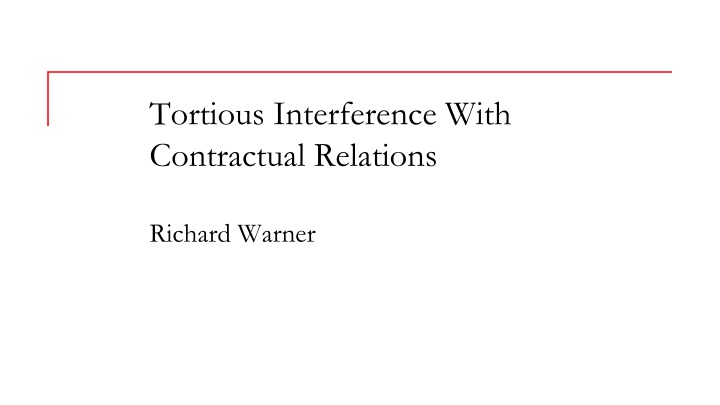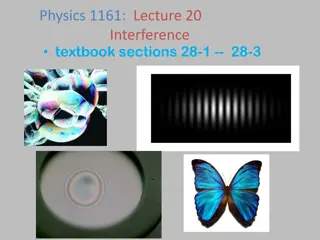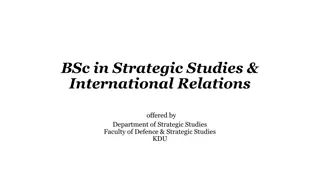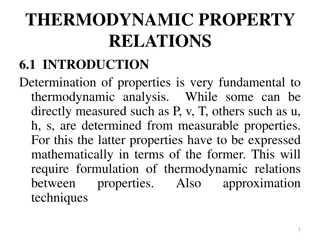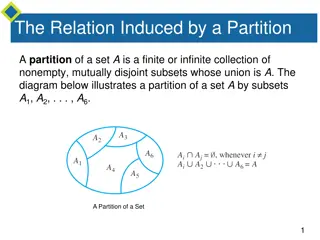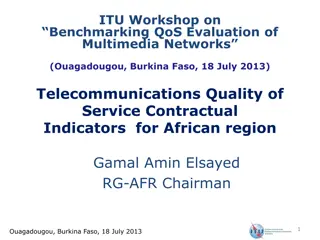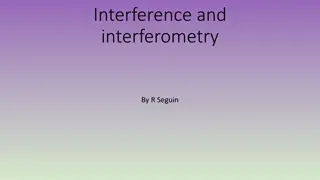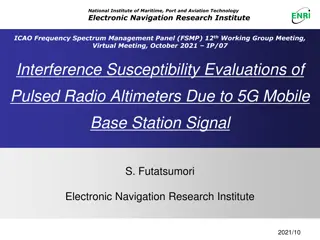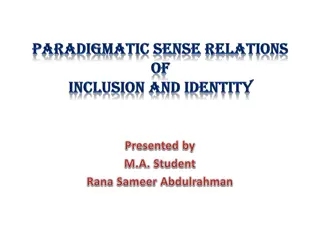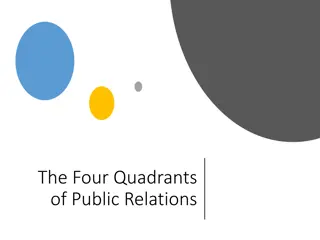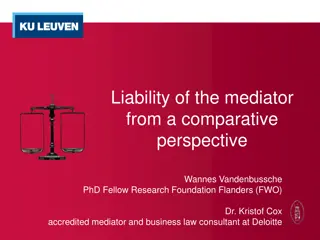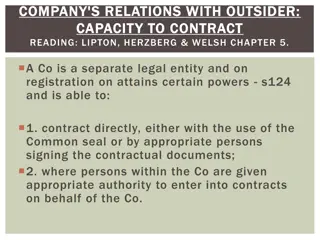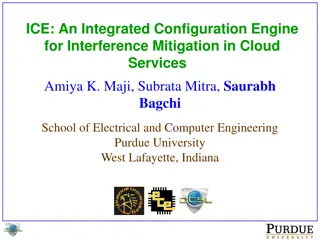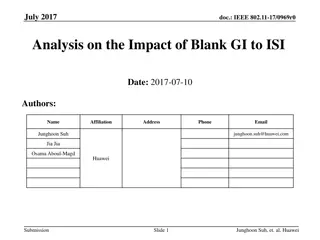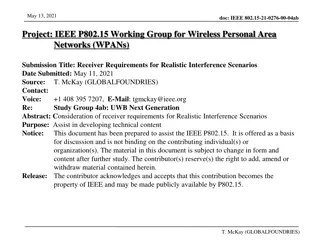Tortious Interference with Contractual Relations
Examining the legal concept of tortious interference with contractual relations, this content dives into the implications and complexities involved. Readers will gain insights into the legal framework, key elements of the offense, relevant case law examples, and potential remedies. Understanding this area of law is crucial for businesses and individuals seeking to protect their contractual relationships from outside interference.
Download Presentation

Please find below an Image/Link to download the presentation.
The content on the website is provided AS IS for your information and personal use only. It may not be sold, licensed, or shared on other websites without obtaining consent from the author.If you encounter any issues during the download, it is possible that the publisher has removed the file from their server.
You are allowed to download the files provided on this website for personal or commercial use, subject to the condition that they are used lawfully. All files are the property of their respective owners.
The content on the website is provided AS IS for your information and personal use only. It may not be sold, licensed, or shared on other websites without obtaining consent from the author.
E N D
Presentation Transcript
Tortious Interference With Contractual Relations Richard Warner
Intentional Interference With Contractual Relations (1) Defendant had knowledge of a valid contract between plaintiff and a third party; (2) defendant s intentional action was wrongful or improper, (3) cause a breach or disruption of the contractual relationship; (4) that resulted in damage.
hiQ v. LinkedIn hiQ is a data analytics business. It analyzes publicly available data to categorize employees for their employers. Two categories: Keeper estimates the risk an employee will leave for another job. Skill mapper summarizes employees skills hiQ only uses data from LinkedIn. Without that data, hiQ goes out of business.
hiQs Business hiQ is a data analytics business. It analyzes publicly available data to categorize employees for their employers. Two categories: Keeper estimates the risk an employee will leave for another job. Skill mapper summarizes employees skills hiQ only uses data from LinkeIn. Without that data, hiQ goes out of business.
The Revocation Letter On May 23, 2017, LinkedIn sent a letter demanding that hiQ immediately cease and desist unauthorized data scraping and other violations of LinkedIn s User Agreement. hiQ was founded in 2012, and had searched LinkedIn since its founding. LinkedIn was acquired by MicroSoft in 2016.
LinkedIns Terms of Use Is the question settled by the Terms of Use Agreement? You agree that you will not: . . . Develop, support or use software, devices, scripts, robots, or any other means or processes (including crawlers, browser plugins and add-ons, or any other technology or manual work) to scrape the Services or otherwise copy profiles and other data from the Services. The court holds that this does not define authorized access for purposes of the CFAA. The court is in the 9thCircuit.
LinkedIns General Policy LinkedIn has taken steps to protect the data on its website from what it perceives as misuse or misappropriation. It blocks . . . 95 million . . . attempts to scrape data every day, and has restricted over 11 million accounts suspected of violating its User Agreement, including through scraping. Technical details: robots.txt file Quicksand (detects scraping) Sentinel (slows, limits, IP addresses Org Block (a blacklist)
Wrongful Or Improper Interference? LinkedIn interfered with hiQ s access to LinkedIn. It sent the cease and desist letter and it attempted to block any subsequent access by hiQ. Wrongful or improper? The court contends that LinkedIn s means of interference is likely not a recognized trade practice as California courts have understood that term. Quoting the 1944 case of Buxbom v. Smith, 23 Cal. 2d 535, 546, the court observes that Recognized trade practices include such activities as advertising, price-cutting, and hir[ing] the employees of another for use in the hirer s business . (p. ___). Doesn t this ignore the fact that hiQ and the MicroSoft-owned LinkedIn are both 21stcentury data analytics companies?
21stCentury Practice Such companies compete on who offers the most accurate predictions. Accuracy requires a large amount of relevant data. LinkedIn has a massive trove of data about people s career development. It is the professional human genome project, a live map of the world's career development. https://www.linkedin.com/pulse/why- linkedin-microsoft-matters-whats-next-michael-lazerow. MicroSoft paid $26.2 billion to acquire this data.
Public Accessibility The LinkedIn data hiQ accessed was publicly accessible in the sense that anyone could view the data simply by going to the LinkedIn website. There was no login requirement. (This is no longer true. You cannot view a LinkedIn user s full profile without joining LinkedIn and logging in.) Is the public accessibility of the data relevant to the question of wrongfulness? Is there a compelling reason to hold that preventing a data analytics competitor from accessing publicly accessible data should not be a recognized trade practice in the 21st century for data analytics companies? The hiQ court observes, a legitimate business purpose can indeed justify interference with contract , but it also notes that interference is justified only when the party alleged to have interfered acted to protect an interest that has greater social value than insuring the stability of the contract interfered with. The court notes that LinkedIn may not be able to show that its interference with hiQ s contracts was for a legitimate business purpose.
Zango Inc. v. PC Tools Ltd Zango installed on users' computers that allowed it to display advertisements and monitor internet use. When an end user installed PC Tools software, it blocked the installation of Zango s software or prevented its operation. The court rejects Zango s claim of the intentional interference with contract on the ground that protecting consumers from unwanted software does not satisfy the wrongful conduct requirement.
